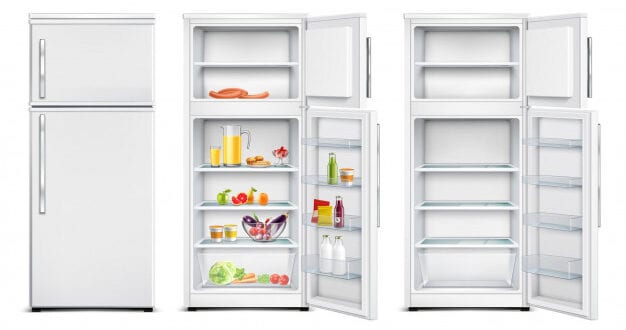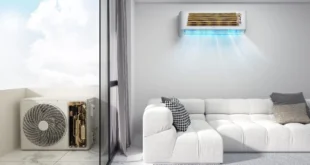After days of mauling over it, you have decided to get a new refrigerator. While identifying the need for new kitchenware isn’t that of a hassle, choosing the right one to satisfy your needs is where it gets hard. Even if you set a budget, you will still be inundated by options when shopping for a new refrigerator.
In this post, I will walk you through the process of choosing a refrigerator, so you don’t get ripped off. If you want to check specific models or fridges in a certain price range, check this out.
5 step process
1. The right configuration
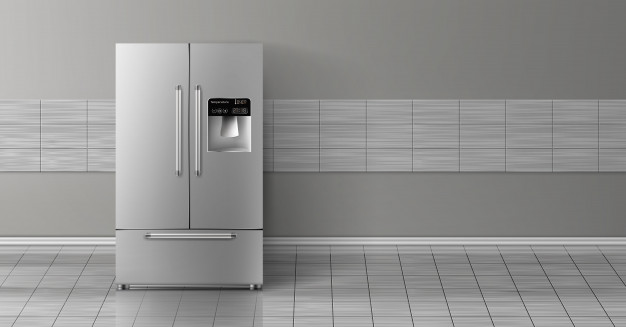
What is the best configuration? Consider this; the kitchen receives the most traffic of all the rooms in your house. A good chunk of this traffic goes to the refrigerator. With that in mind, you want to choose an ideal appliance that will meet those daily needs.
Not all refrigerators are the same, and each setup comes with its benefits and disadvantages. Nevertheless, on your part, you need to make sure the configuration you choose provides enough space in terms of shelving and interior drawer.
Generally, there are four types of refrigerator configurations to consider, namely:
- Top Freezer
This is the most common and classic style out there. It is also the most preferred option for modern retro units. This design provides you with all you need and is ideal for most homes. However, it can be difficult for mobility as you will struggle to reach the low drawers and pretty much any frequently used areas.
It also doesn’t come with in-door water and ice dispensers; nevertheless, it is usually extraordinarily energy-efficient and less costly than double doors.
- Bottom Freezer
At the other end of the spectrum, we have a set that involves a freezer on the refrigerator’s bottom. This arrangement comes with the advantage of elevating the space to eye level, thus decreasing the amount of slouching you will have to do whenever you need to reach your foods.
The bottom freezer is the perfect setup for a home with older people. It is also designed in smaller sizes compared to the top freezer design.
The only drawback of this arrangement is the initial cost, though it is much less expensive in the long run.
- Side-By-Side
This arrangement places the freezer and the fridge adjacent to each other vertically. Due to its positioning, this refrigerator offers in-door water and ice. It features narrower compartments than other models, and as a result, most side-by-side refrigerators are usually more extensive compared to the top freezer and bottom freezer. This is to compensate for the narrower drawers.
The unit’s size also means full-length storage space for your frozen and fresh foods, with additional freezer space proportionately, making it convenient to organize and prioritize food items.
But due to its narrow draws, it will not be able to accommodate big food.
- French Door
French door refrigerator arrangement also provides eye-level benefit and allows for some extras such as in-door ice and after. This arrangement is ideal for small kitchens, while its multiple storage options and expansive shelves enable you to store large trays in addition to smaller food items.
This is the newest style on the market today.
2. Size
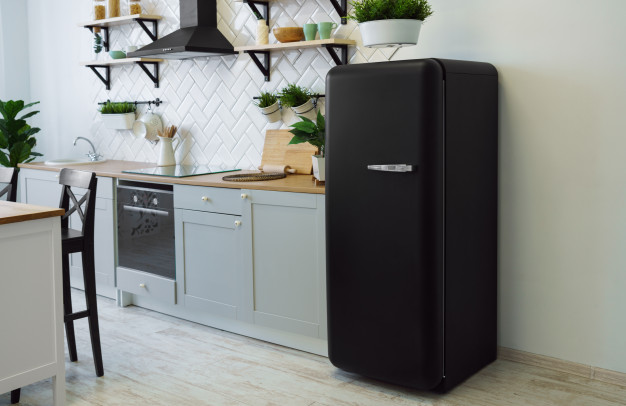
Size plays a vital role in your buying decision. There is no point in buying an extra-large refrigerator only for it not to fit into the designated space in your kitchen. With that in mind, make sure you measure the space in your kitchen or wherever you want to place the new fridge, including depth, width, and height, and then choose a unit that fits.
Besides the measurement, you should also consider nearby features, including the center island or sidewall, which might block the door.
The energy consumption rate always goes hand-in-hand with the refrigerator’s size, thus considering the cost of running the unit before choosing the model for your kitchen. If you don’t want to spike your energy bill, consider buying a smaller fridge.
But if you have a large family or run a commercial kitchen, you will have no other option but to choose a larger refrigerator.
3. Features
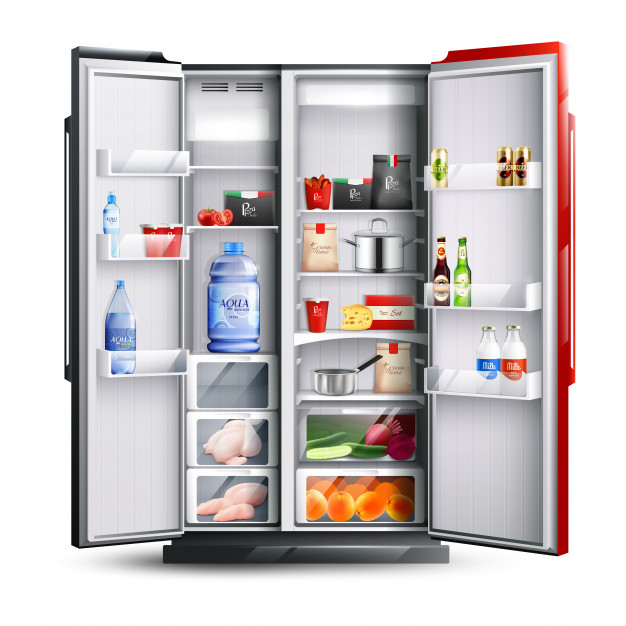
What features are you looking for in a new refrigerator? They come in an array of features and functionality. The best place to start when considering a new refrigerator’s characteristics is the items you like to cook the most, and then look for a unit with features specifically made for those food items.
For example, if you want to use your new unit to store a wide range of fresh ingredients, consider going for a fridge that features sectional climate switches in its compartments.
You should look out for other essential features, including adjustable shelves, temperature-adjustable drawers, in-door water, and ice.
4. Energy Rating
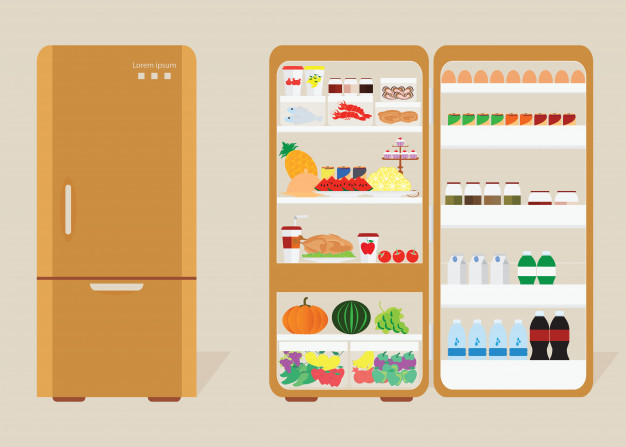
When choosing a refrigerator, check its energy rating to see the amount of energy the unit will be consuming at a given time. This is important because refrigerators are among the largest energy consumers in homes, and if you are not careful, your monthly energy bill will go off the roof.
Some models are designed to be energy efficient, while others are not.
To know if a unit is energy-efficient, check if it is ENERGY STAR certified. These models are created to not only save energy but also reduce carbon footprint.
5. Your Budget

Your budget is one of the most important factors to consider. The price will also help you narrow down your search, as each price range features different types of units. Start with estimating how much you want to spend and start from there.
But keep in mind that this is a long-term investment, and thus make sure you don’t go too low or too high on price. Lower prices usually feature substandard models that may not last that long, while an increased price doesn’t always mean quality.
 Imagup General Magazine 2024
Imagup General Magazine 2024
